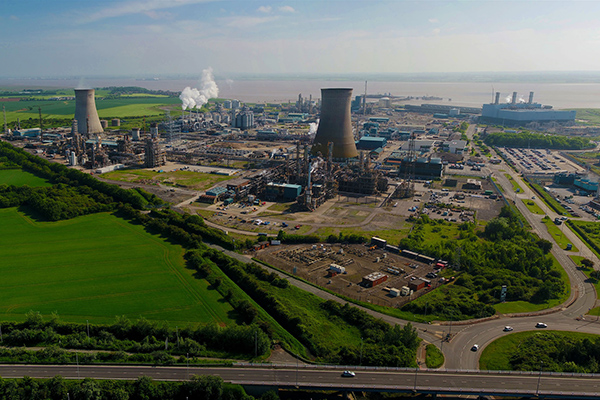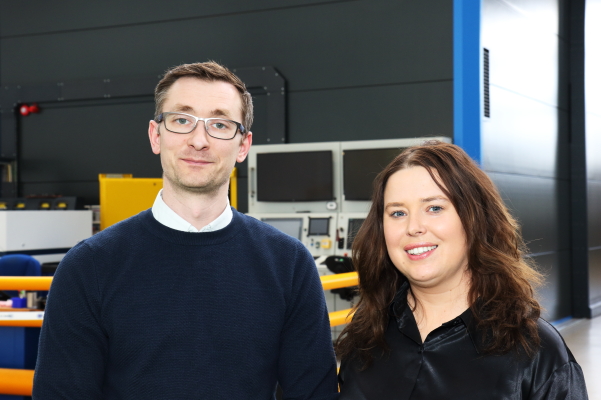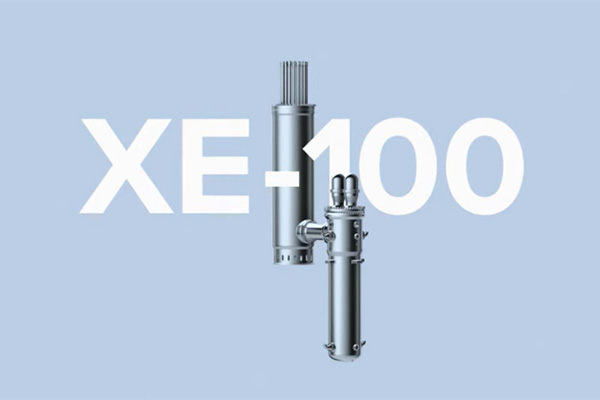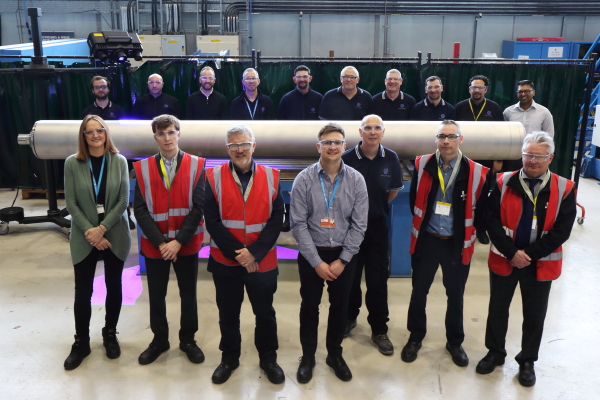The Nuclear AMRC is supporting a major new project to decarbonise the industrial cluster around the Humber, and help UK manufacturers win work in emerging low-carbon sectors including hydrogen fuels and carbon capture.
The Zero Carbon Humber (ZCH) Partnership, which has now secured government funding, aims to accelerate decarbonisation in the UK’s most carbon-intensive industrial region, helping to support clean growth, future-proof vital industries, and protect and create new jobs.
The partnership comprises 12 companies and organisations operating in the Yorkshire and Humber region, including Associated British Ports, British Steel, Centrica Storage, Drax Group, Equinor, Mitsubishi Power, National Grid Ventures, px Group, SSE Thermal, Saltend Cogeneration Company, Uniper, and the University of Sheffield AMRC.
The Nuclear AMRC will work alongside its sister centre to apply its expertise in developing the UK supply chain for the low-carbon energy sector.
“Reducing the UK’s greenhouse gas emissions to net zero is a huge opportunity for industry as well as a significant challenge,” says Neil Murray, Nuclear AMRC business development manager for advanced technologies. “The Humber industrial cluster is the largest producer of carbon dioxide in the UK, and its decarbonisation will require investment and innovation, as well as the support of companies of all sizes from across the UK supply chain.
“We will draw on our experience in developing the supply chain in other low-carbon sectors, including nuclear and offshore renewables, to identify the opportunities for UK manufacturers in industrial hydrogen production, storage, and distribution, as well as carbon capture, transportation, and storage.”
ZCH is a £75 million project to help the Humber region achieve net zero emissions by 2040, with around two-thirds of the investment coming from the industry partners. The programme has now secured over £21 million government funding through the Industrial Strategy Challenge Fund (ISCF).
“The successful award of this £75 million project represents a huge vote of confidence in the Humber region and the wider North of England,” says Ben Morgan, research director of University of Sheffield AMRC. “We are pleased that the ambition of this project to support the net zero agenda and our collective capability to build back greener has been recognised.”

The initial focus of the ZCH Partnership is H2H Saltend, one of the world’s first full-scale low-carbon hydrogen production plants. The project will support the construction of a pipeline network connecting to industrial sites and gas and biomass power stations throughout the Humber, enabling them to capture their carbon dioxide emissions and switch to low-carbon hydrogen power.
The ISCF is also backing two related programmes for the decarbonisation of regional industry clusters – Net Zero Teesside, and the Northern Endurance Partnership which will develop the pipeline network for both regions. This shared pipeline network will carry hydrogen to industrial customers and remove carbon dioxide from power generation and industrial emitters, transporting it to permanent storage in an offshore aquifer in the North Sea.
The ZCH proposals alone could reduce the UK’s annual emissions by 15 per cent, and safeguard 55,000 existing jobs in the region. The programme could also create thousands of new engineering and manufacturing roles, as well as skills, apprenticeships and educational opportunities in the area. It will also help to secure the future for the Humber’s traditional heavy industry and related supply chains, by enabling decarbonisation and creating opportunities for growth in new technologies.
The investment is part of the government’s new industrial decarbonisation strategy covering major industrial sites and public sector facilities across the UK. The strategy document also highlights the future role of advanced nuclear technologies, including small modular reactors, in low-carbon hydrogen production and industrial cogeneration.
- Find out more about the Zero Carbon Humber Partnership.






